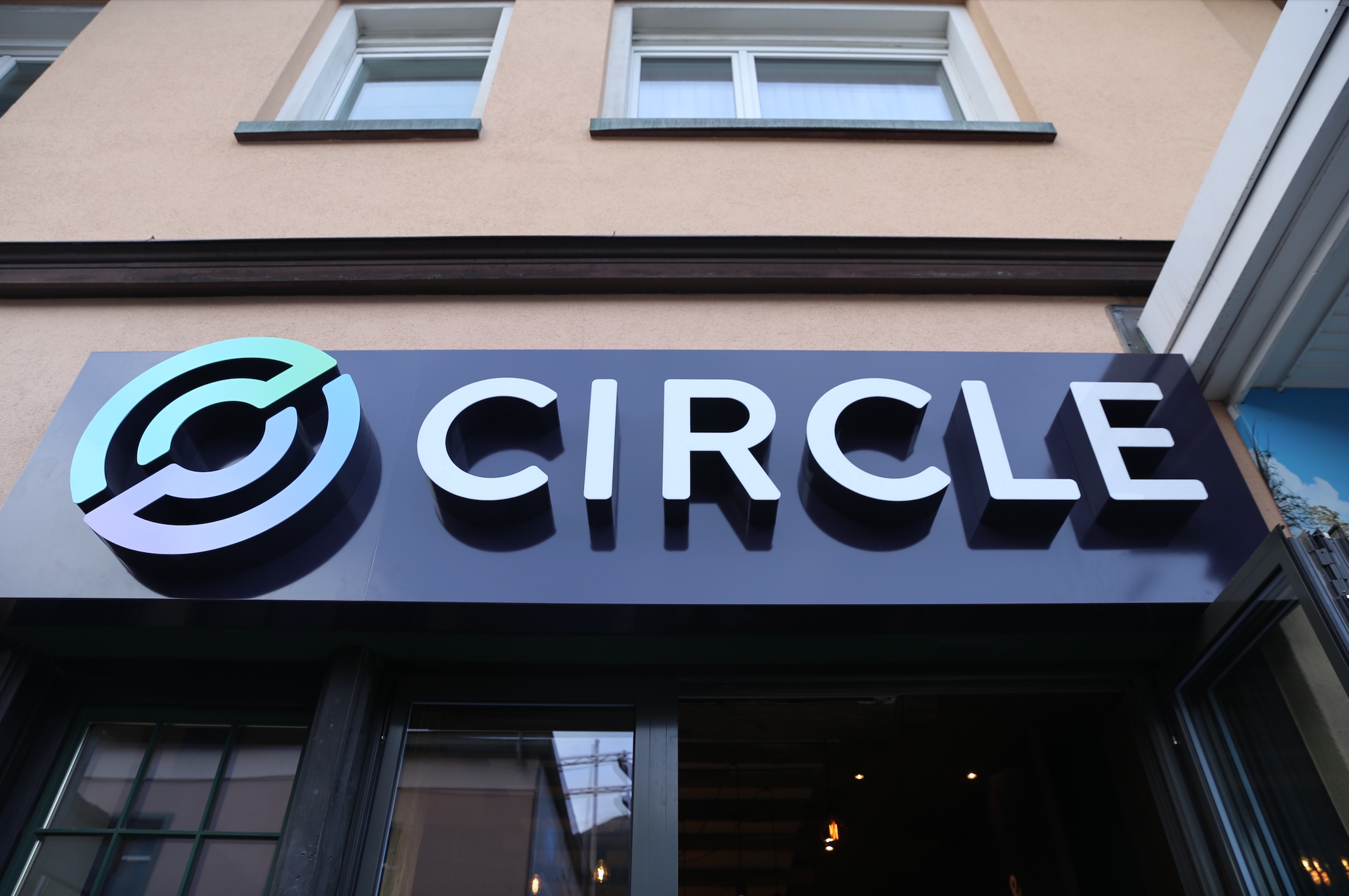
Key Points:
- Finastra will integrate Circle’s USDC stablecoin into its payments hub, providing banks the ability to settle international transfers using this token.
- The integration will initially utilize Finastra’s Global PAYplus, which handles over $5 trillion in daily payment flows, aiming to decrease dependence on expensive correspondent networks by facilitating quicker and more affordable settlements.
- This action exemplifies the increasing interest toward stablecoins among financial institutions as viable alternatives to traditional payment methods.
Finastra, a financial technology provider based in London, announced that it will connect its payments hub with Circle’s USDC stablecoin, thus allowing banks the option for cross-border transfer settlements using the token. The roll-out will kick off with Finastra’s Global PAYplus (GPP), which is responsible for processing daily cross-border payment flows exceeding $5 trillion, as noted in the press release.
The integration reflects the ongoing exploration of stablecoins — cryptocurrencies whose values are generally tethered to fiat currencies, such as the U.S. dollar — by major financial players as they seek alternative solutions to conventional transaction channels. Companies like Stripe and PayPal have set up their own stablecoin frameworks, and various large banks and retailers are reportedly considering establishing their own tokens as well.
Advocates argue that stablecoins provide near-instantaneous settlements at lower costs 24/7 using blockchain technology. Coinbase predicts that the stablecoin market will expand to $1.2 trillion by 2028 from the current $270 billion, primarily due to clearer regulations in the U.S. and growing corporate acceptance. USDC stands as the second-largest stablecoin available in the market, with a $69 billion supply.
By enabling transactions in USDC while retaining fiat currency instructions, both Circle and Finastra claim that banks can mitigate their reliance on correspondent banking networks, which often face criticism for hefty fees and sluggish transaction speeds.
Chris Walters, CEO of Finastra, mentioned, ‘We’re equipping banks with the necessary tools to innovate in international payments without necessitating the creation of independent payment processing frameworks.’ Circle’s CEO Jeremy Allaire remarked, ‘Together, we are empowering financial institutions to explore and initiate innovative payment models that merge blockchain technology with the existing banking system’s reliability and scale.’
Earlier this year, Circle went public, sparking significant investor interest in the flourishing stablecoin market. The company is also working on launching its own blockchain, named Arc, which will be tailored for payment processing.
